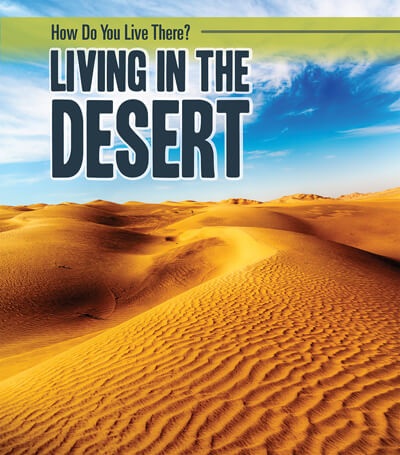
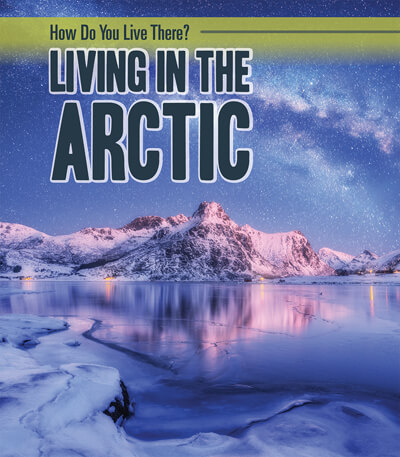
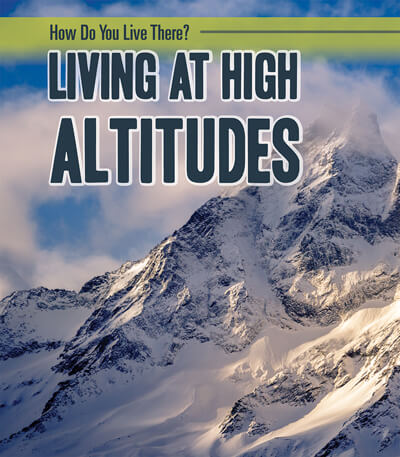
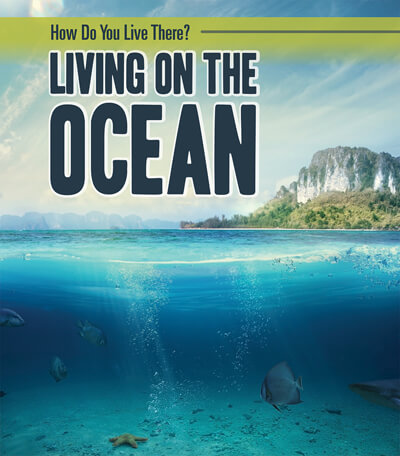
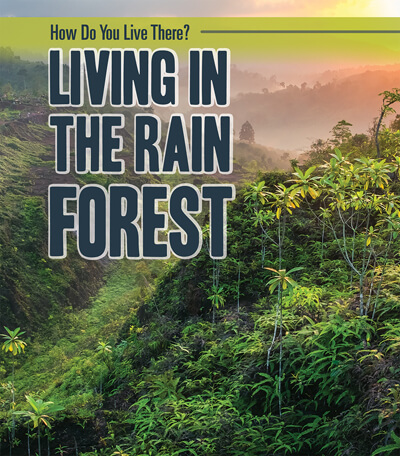

How Do You Live There?
Introduce your young readers to dynamic and
difficult-to-inhabit landscapes like the Arctic, the desert, and even outer
space. Through captivating and age-appropriate content, each book explores a new
environment, how humans originally adapted to live there, and how innovation
continues to facilitate habitation. Aided by full-color photographs and helpful
maps, students will discover the unique relationship between humans and nature
and, as a result, think critically about the future of these
environments.
Each Book Contains:
• Accessible science about extreme
environments
• Color photographs and maps that complement and further explain
accompanying text
• Age-appropriate sidebars that add engaging, supplementary
facts about each landscape and the humans that live there
Curriculum
Connections:
• Aligns with the NextGen Science Standards for Earth and
Physical Science
• Glossaries further explain introduced terms for vocabulary
building
• Engages problem-solving and critical-thinking
skills
















